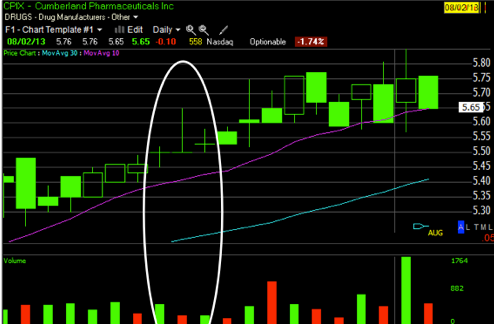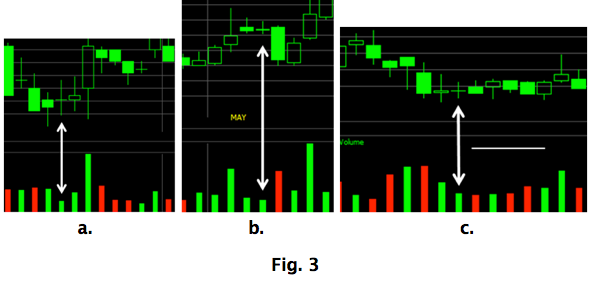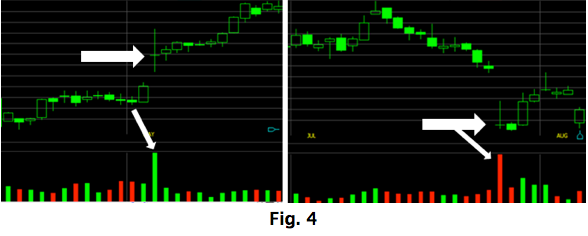So do our products! Learn with our products
Bucket Organization is how I manage trading techniques.
I imagine we could name something to put in a bucket using every letter of the alphabet. Buckets keep things together. My life has always been governed by buckets of thoughts, things to do in a prioritized way. It is how I have been able to keep track of things in this hectic world we find ourselves in today.
A file cabinet could be called a bucket, or a set of ledgers, or a stack of in/out baskets on my desk. Some people with good memories keep buckets in their heads. But even if you are such a person… be honest… it used to be called a planner. Now you use technology toys like i-phones, tablets and blackberries as your buckets. Today my critical buckets are in a computer, with plenty of post-it notes and scratch pads as well as a file for each topic.
Empowerment to succeed begins with knowledge, then understanding comes with practice. Organization will move you forward!
With online investing, order and organization is key, and we’ll be dealing with many buckets of information and tools. We find a Candle Pattern one of these helpful tools.
We allow all interested to print out free offerings in trading tips, just acknowledge pro-fundity as offering them. We have a copyright on the content we created. The free tutorials cannot be used for resale or shared without credit given.
Create a file or bucket to keep them in along with your notes and observations as you practice using what you learn.
We mentioned the Candle Pattern called a Doji in an earlier Guideline. A Candle Pattern is formed because of the collective buyer and seller emotions in the auction market place. Recall the Doji occurs when the opening and closing price are equal (or very nearly so).

The key emotional issue in a Doji is indecision. In the tug of war between the buyers and sellers, at the end of the day it is a draw. But why is this of any value to us? How do tiny lines on charts make trading easier? The answer lies in our ability to sense the emotion of both buyers and sellers from the clues found in those tiny lines on candle pattern charts. For example:
-
A stock price moves up for one (and only one) reason – There is more demand from people who want to buy the stock than there is supply from people who want to sell it. Buyers are driving price up.
-
Prices move down for one and only one reason – More supply than demand. Why is there more or less demand? Because people in the market, the traders, are emotional and their emotions (how they feel), dictate what they do with their money. The Candle Pattern makes this easy to visualize.
So what message is contained in a Doji? The lack of emotion, or the “wait-and-see” mindset creates fewer transactions. That means fewer shares traded, or lower volume. Look at the Candle Pattern in Fig. 2o which has three Doji’s in a row, with low volume and little movement in the stock price.

Fig. 2 A Doji volume pattern.
How can these “Doji’s” help our trades? By itself, a Doji is not much help, but when considered with Candles before and after, there is great value to learn. The weakness of a single Doji is shown in the following charts. For example, a Doji can occur in a variety of conditions. Fig. 3a below shows the Doji occurring just before a rise in price. The next figure shows the Doji just before a drop in price, and the last figure shows the Doji preceding a flat spot in the Candle Pattern.
Notice how the volume in each case is low, as we’ve suggested is the standard Doji pattern.

Doji patterns.
But there are always exceptions to a rule, and the following two charts (Fig. 4) show where the “low-volume Doji” pattern does not hold true. In this case, when the Doji accompanies a gap.

Doji’s with Gaps.
How then do you use a Doji as a reliable trading signal? The simple answer lies within the candle patterns that lie to the left and the right of the Doji. Do not expect a single Doji to signal a profitable trade! We will consider many common combinations in future Guidelines and learn the great value in trading with Candlestick charts.
The major candle charts you will need to learn for successful investing is small. Although there are over forty Candlestick signals, you will only need six to ten of them to trade successfully. Using these signals will provide more than enough excellent buy or sell positions each day. These are the major candle patterns you will need:
-
The Doji
-
The Hammer and Hanging Man.
-
The Shooting Star
-
The Bullish Engulfing Pattern
-
The Dark Cloud Cover
-
The Piercing Line
-
The Harami
Check the cloud on most pages or the site map for tips on using candlesticks.
